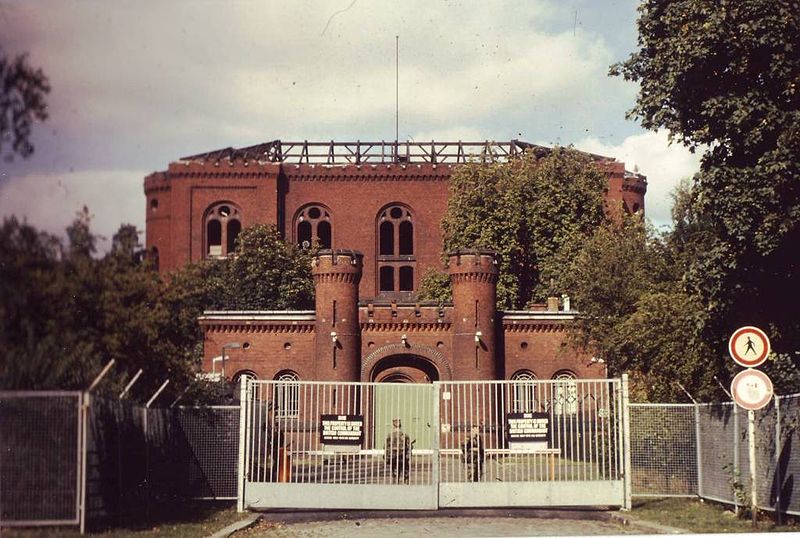In 1876, in the borough of Spandau and on the street Wilhelmstraße a prison was built. During its early years, it was used as a military detention center, only to be converted to civilian use 43 years later in 1919. During this period the prison held about 600 convicts and as Hitler slowly gained power, so did the number of people who opposed his political views.
People who resisted Hitler were locked in this prison such as the journalists Carl von Ossietzky and Egon Kisch; they were held in what the authorities of the day explained as “protective custody.” In reality, the prison was slowly becoming a forerunner of Hitler’s monstrous concentration camps.
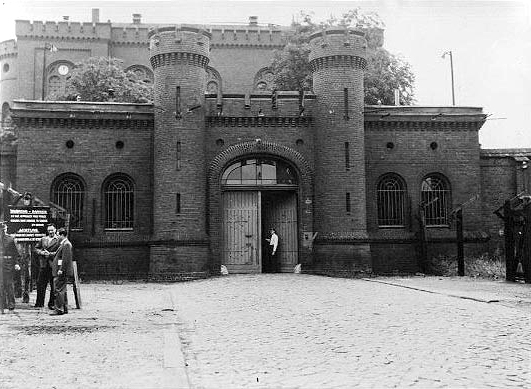
The prison at that period was under the jurisdiction of the Prussian Ministry of Justice. But that didn’t stop the Gestapo from using Spandau Prison as their torture ground and, according to Egon Erwin, abuse the inmates.
As 1933 was coming to an end the Nazis started to build their first concentration camps located in Dachau, Sonnenburg, Oranienburg, and Lichtenburg. At this point in history, all those that were under the Nazi’s “protective custody” were quickly relocated to these new camps.
The prison itself was constructed of red brick, around which stood a wall, on top of which there was electrified wire. No less than 60 soldiers kept a watchful eye on both the prison and prisoners. There were six machine gun posts that were manned for 24 hours a day. The cells were no more than 10 feet in length and 8 feet in width.
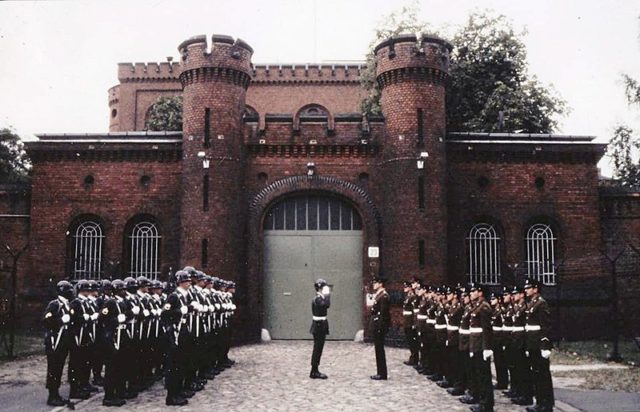
The prisoners had a daily routine within these walls. They got up at 6 am and immediately cleaned their cells after which followed the cleaning of the corridors. Then breakfast was served after which the inmates were taken to the prison gardens where they remained until noon. Supper was served at 5 pm and lights out at 10 pm. The inmates were shaved every other day except on Saturday and Sunday.
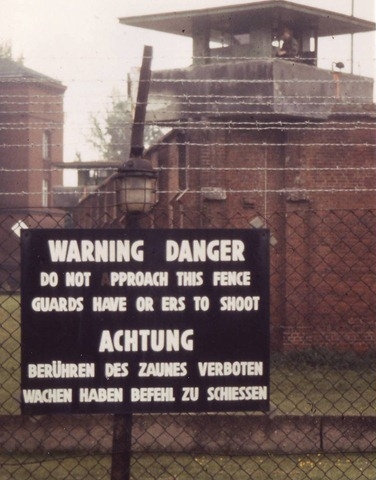
After the Second World War, the prison became a holding ground for Nazi war criminals such as Rudolf Hess, Albert Speer, and Konstantin von Neurath. Albert Speer received 20 years behind bars while Rudolf Hess was sentenced to life in prison. During this period, the prison was controlled by the Four-Power Authorities – the United States, the Soviet Union, France, and the United Kingdom.
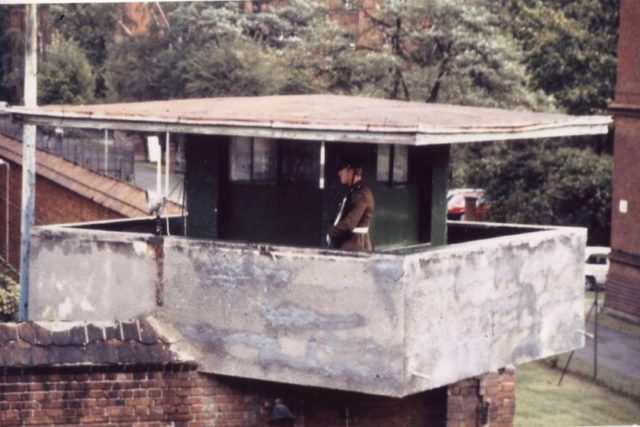
After serving his sentence, Albert Speer was released as well as several others important Nazi figures. Even Erich Raeder and Walther Funk, who had received life sentences, were also released for being in poor health. For years, Rudolf Hess was the only prisoner held in Spandau Prison.
He had the warden Eugene K. Bird to keep him company and the two of them eventually became friends; Eugene even wrote a book titled The Loneliest Man in the World in which he described the imprisonment of Hess within Spandau’s walls.
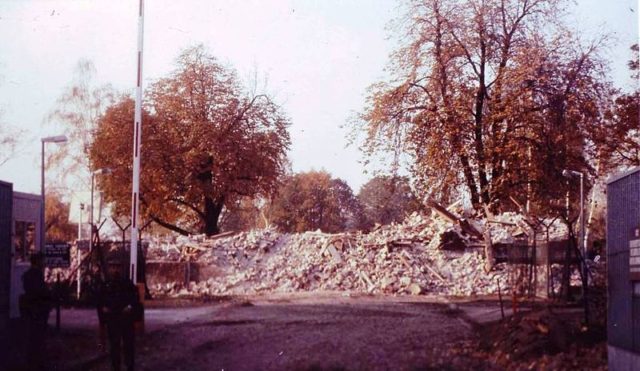
The control over the prison was handed back and forth between the four powers, each having no more than three months of control. After more than a century the prison was demolished in order to prevent the neo-Nazis from treating it as a shrine. Every last bit of the prison was cleared and turned into a powder that was later thrown into the North Sea or buried deep bellow RAF Gatow where no one could reach it.
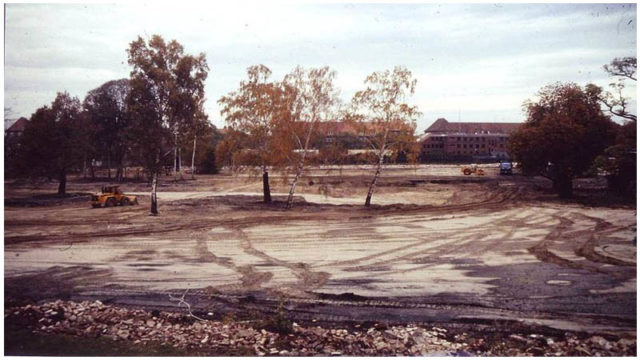
The authorities of the day decided to erect a shopping mall on the ex-prison grounds and so they did, naming it Britannia Centre Spandau. Although it is now demolished, the prison holds an important place in the world’s history for this is where the most important Nazi war criminals were imprisoned.
